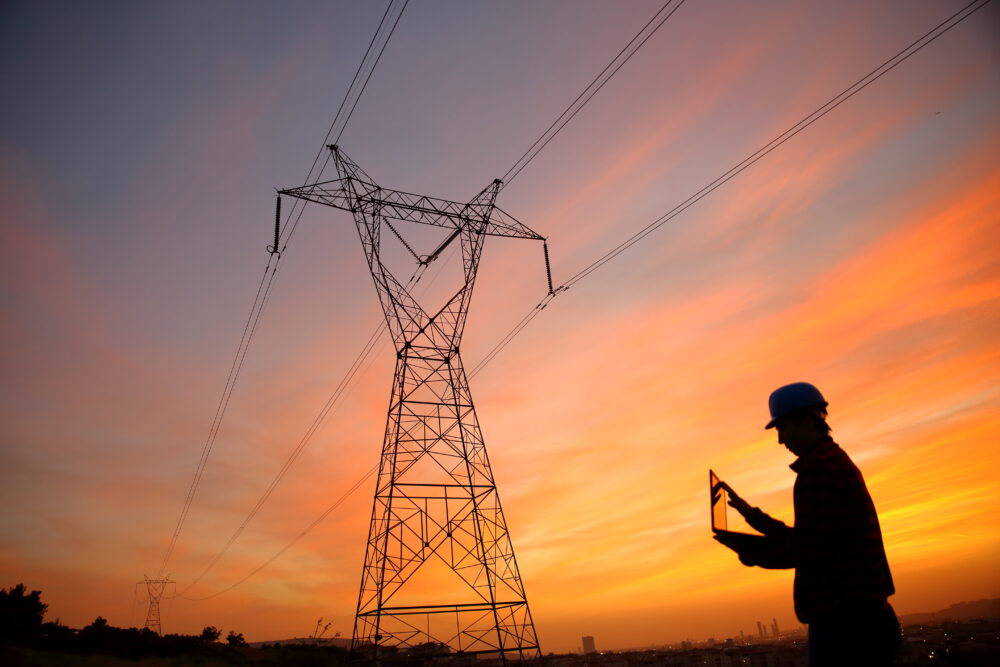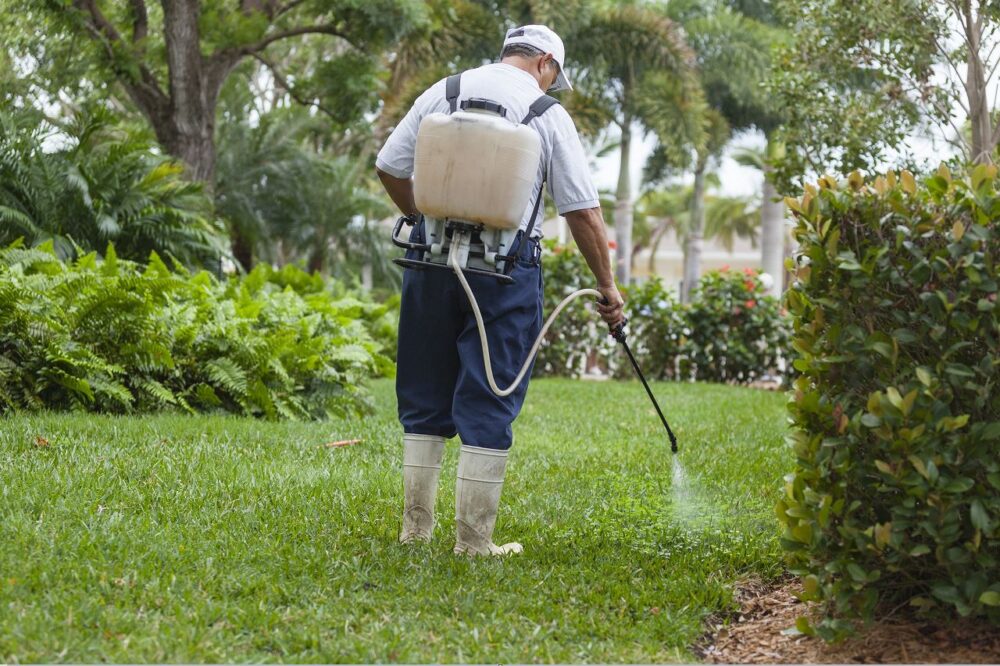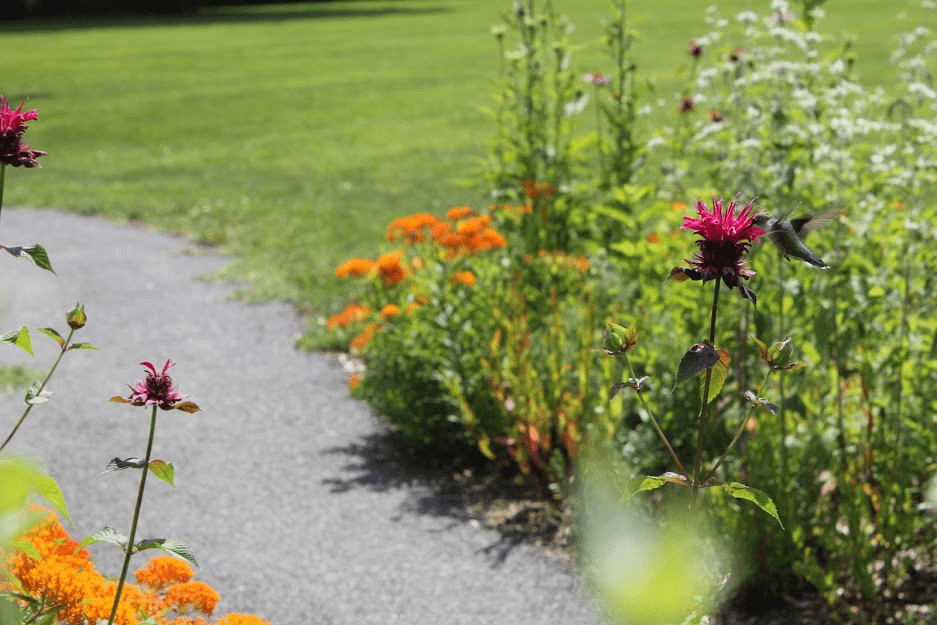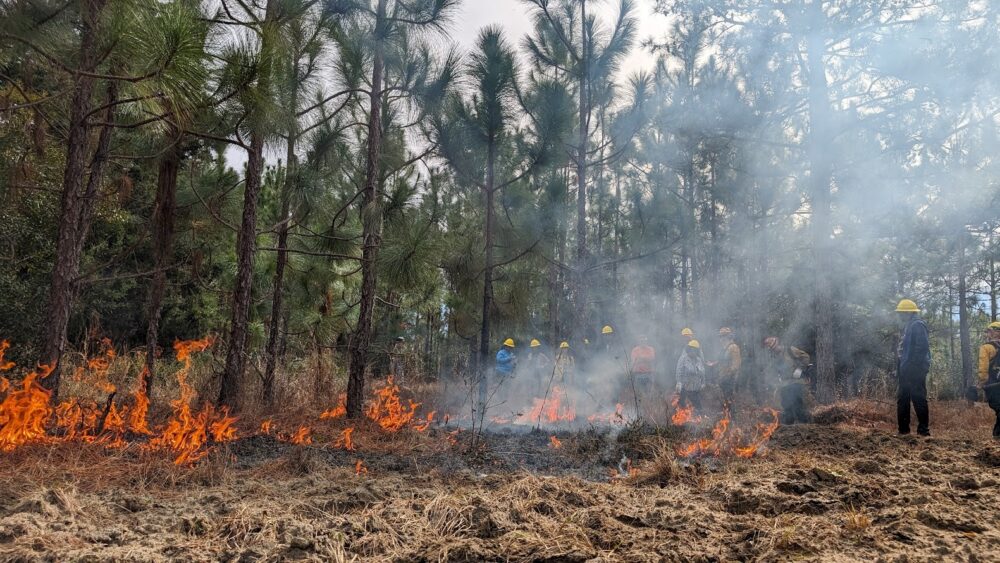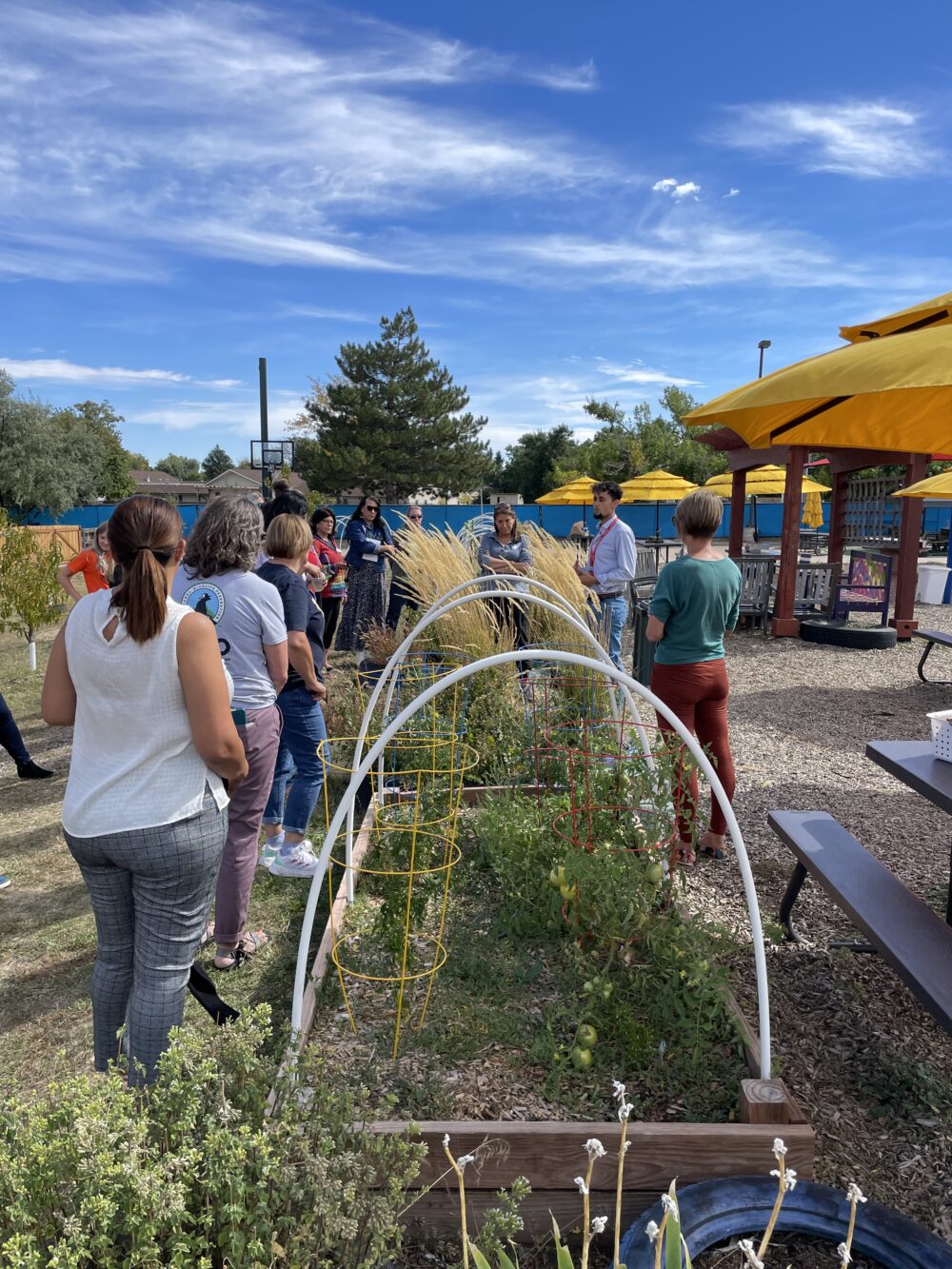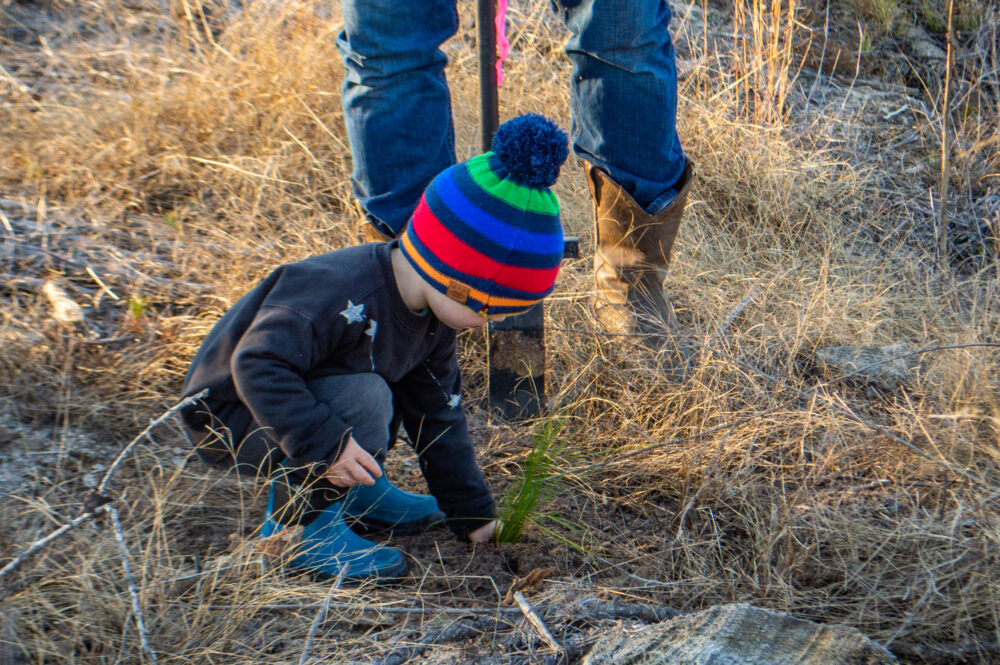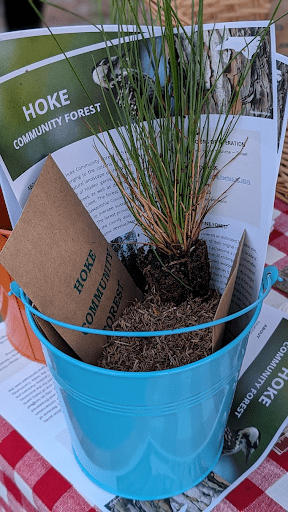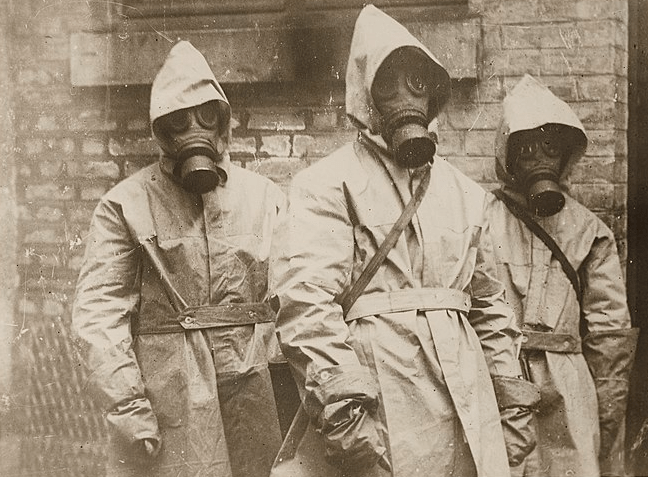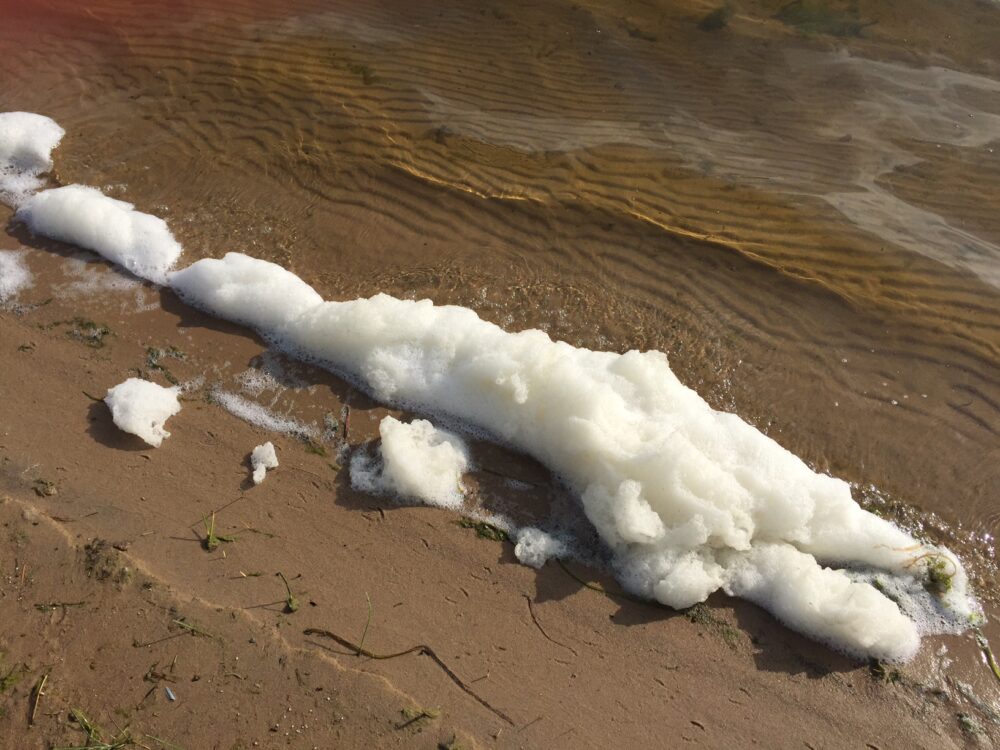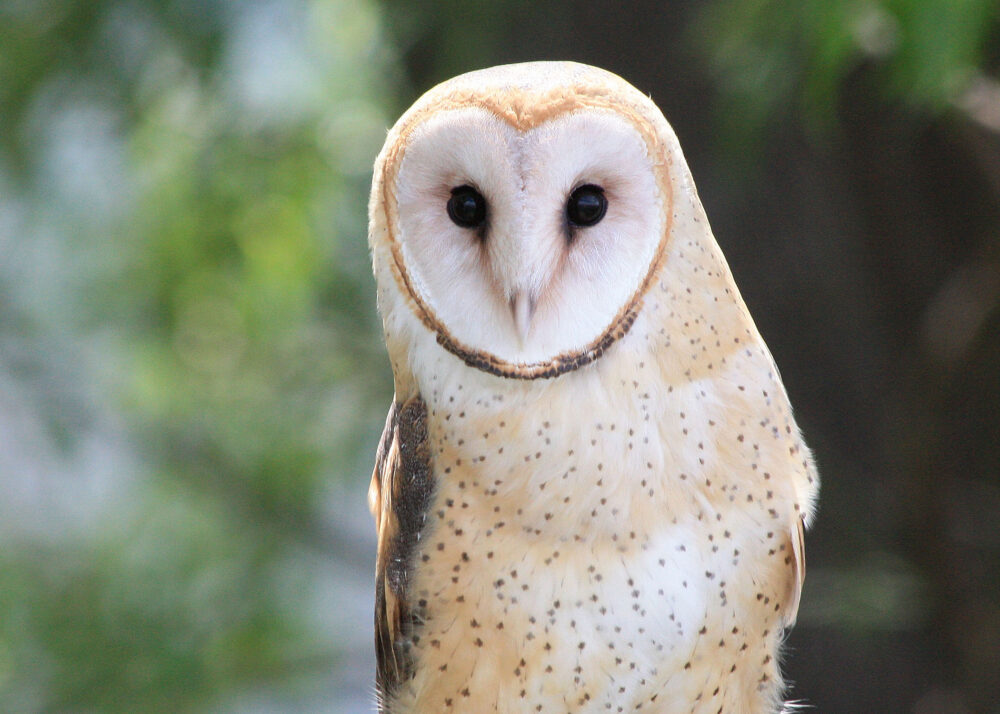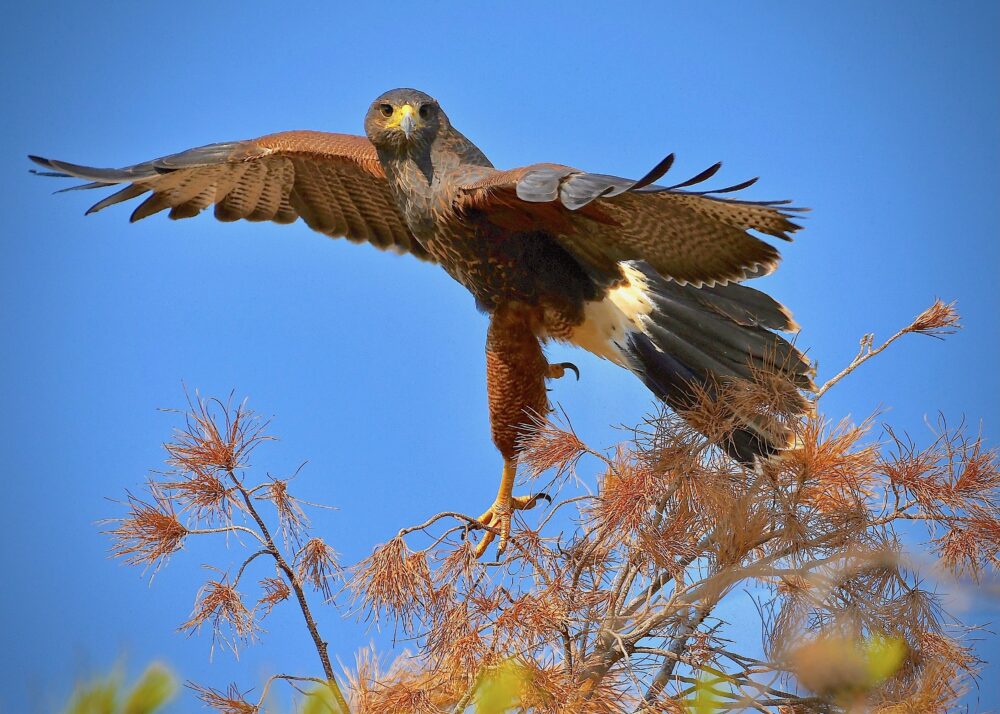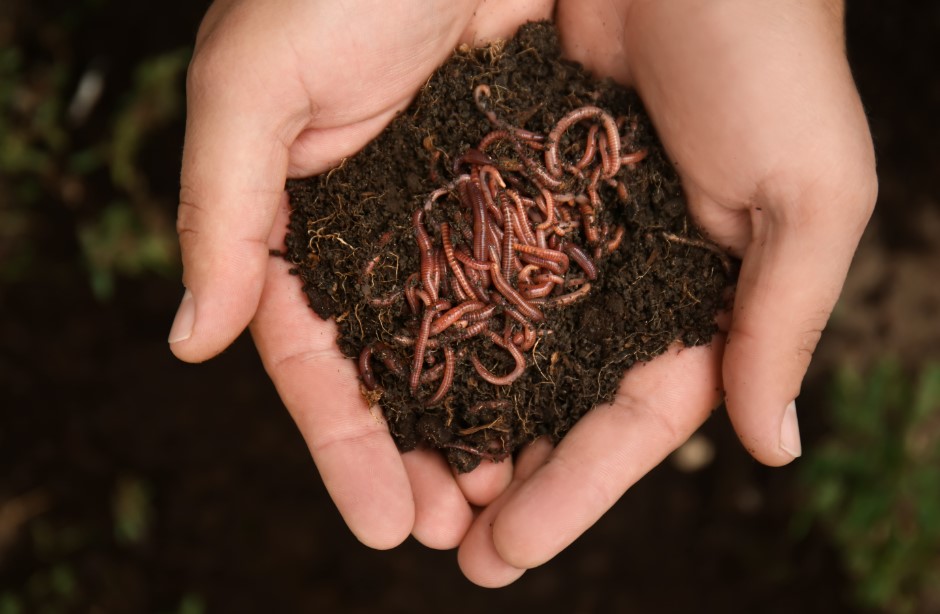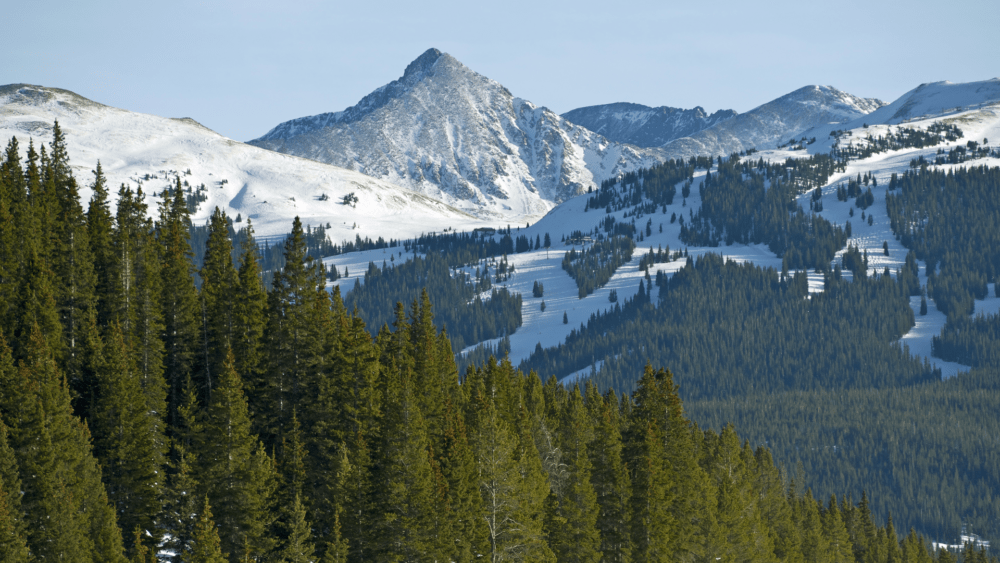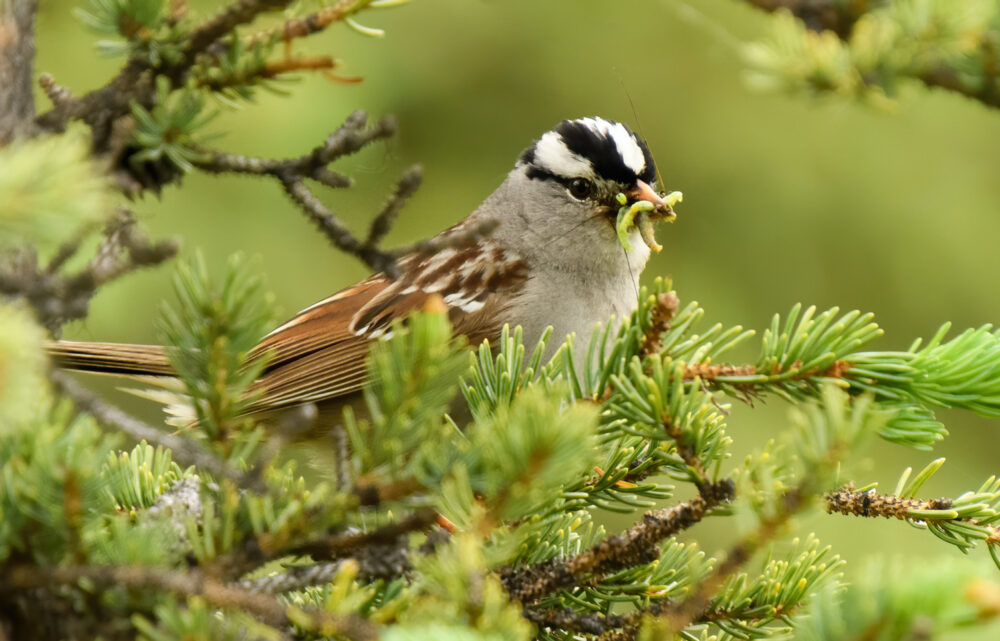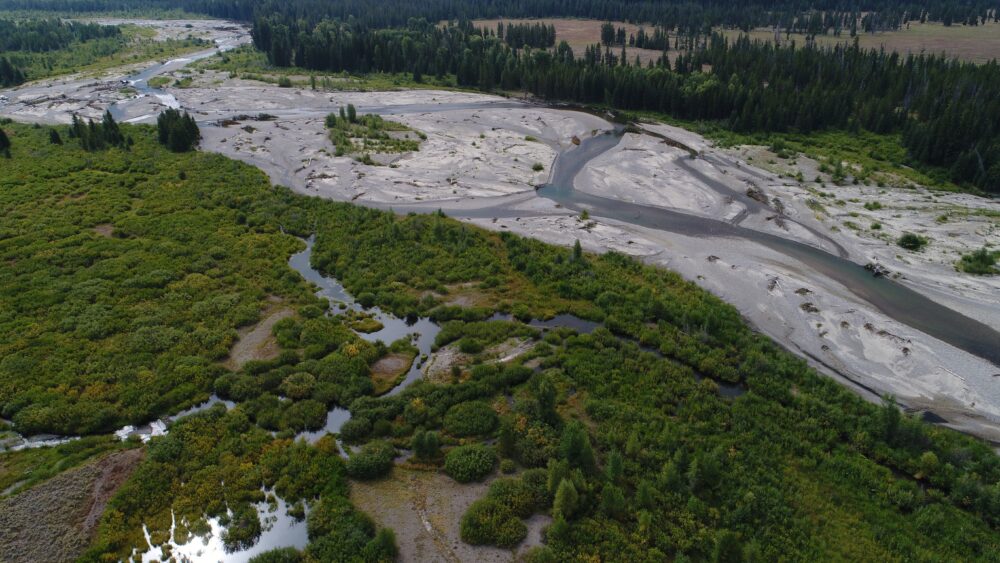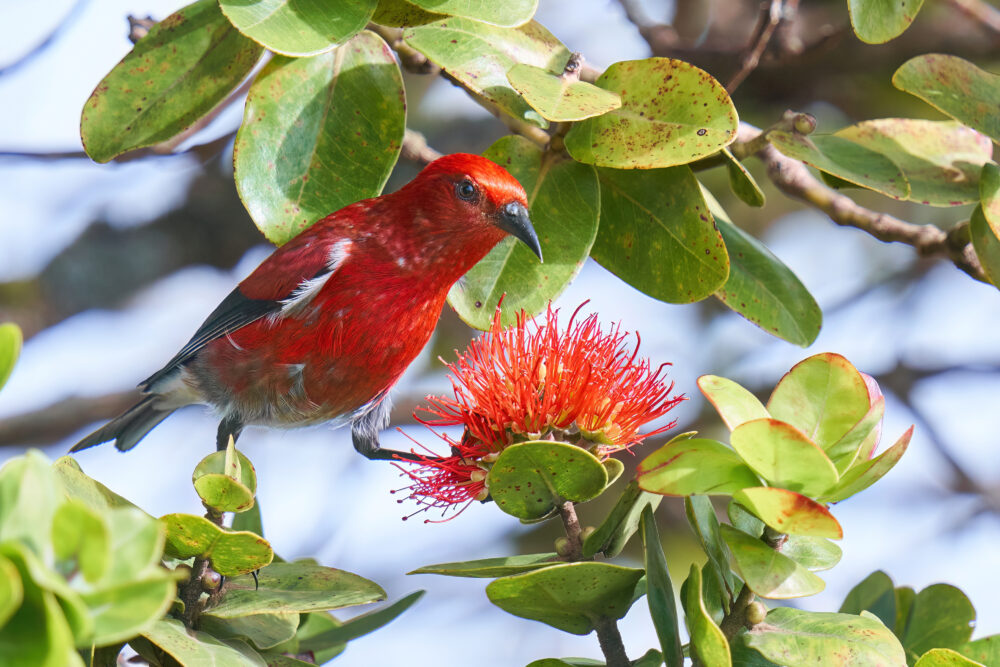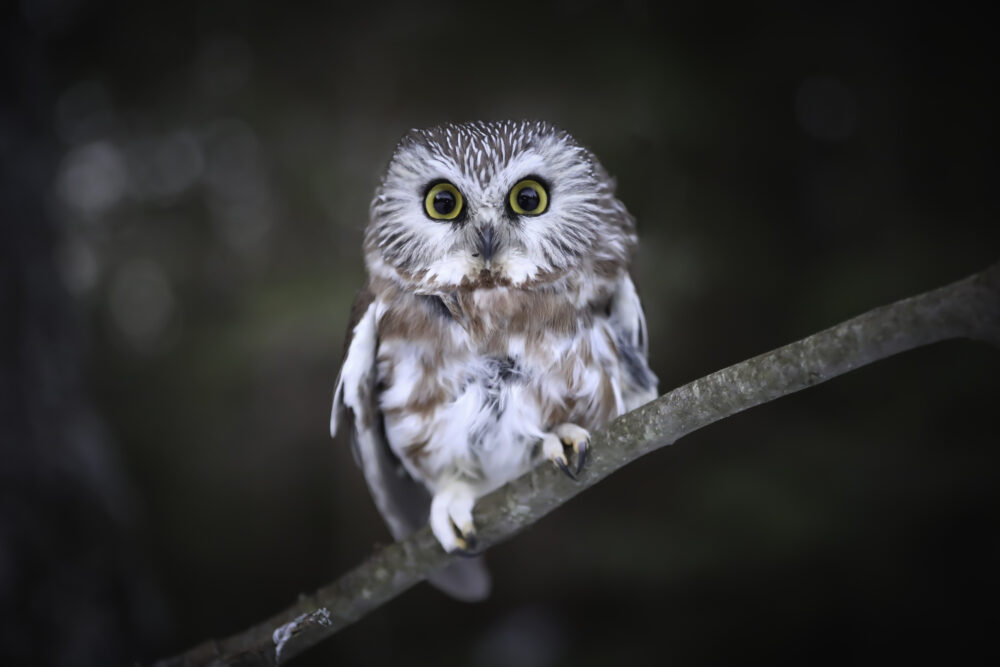We have much more to do and your continued support is needed now more than ever.
Hurricane Sandy’s Impact on New Jersey’s Birds
This is a guest post by Eric Stiles of New Jersey Audubon Society.
As New Jersey was very literally in the eye of the storm, Hurricane Sandy’s impact upon the state was profound. Storm surge transformed many of our barrier islands and coastal marshes; pruning winds reconfigured forest tracts.
We all recognize the tragedy of the human costs of the storm, but some people have wondered how New Jersey’s birds and wildlife have been impacted by Sandy. What species were most affected? What are the long-term effects of coastal erosion or natural food stock reduction?
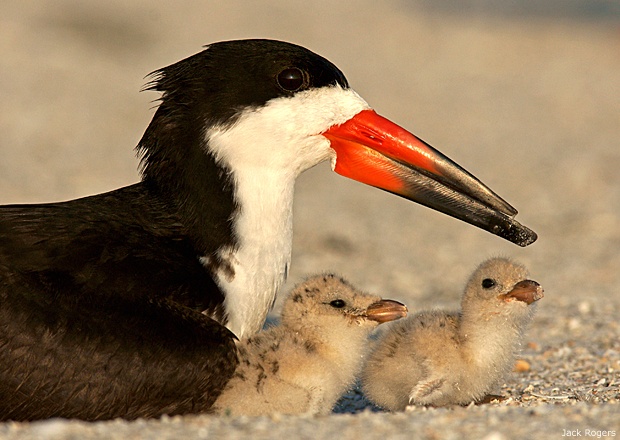
The good news is that there is little evidence the storm had a serious, direct impact on breeding or wintering bird populations. Late October, when Sandy struck, falls right between that time when summer residents migrate and most winter residents arrive.
Foods, Forests and Finches
But it is almost certain that the flooding tides caused mortality among rodent populations, thus reducing the prey base for wintering birds of prey. New Jersey’s Atlantic and Delaware Bay marshes rank among the planet’s greatest winter raptor strongholds. This year, many rough-legged hawks, northern harriers, and short- and long-eared owls will be forced to move on and find less affected areas to meet their food needs.
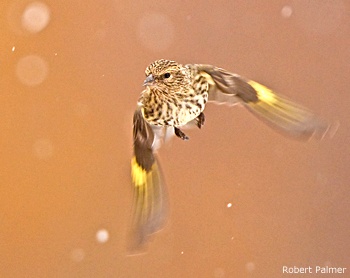
As fortune has it, this year is marked by the largest influx of wintering northern finches to New Jersey in decades. Low natural food stocks have sent scores of pine siskins and purple finches—as well as red-breasted nuthatches, blue jays and evening grosbeaks—south in search of food. Homeowners can mitigate shortfalls caused by Sandy by feeding birds in their yards (and gain hours of entertainment in the process).
Coastal Habitat and Beach-Nesting Birds
The storm’s greatest potential concern may be its impact upon beach-nesting birds. In a wholly natural environment, coastal storms are part of the dynamic that creates the habitat needed by endangered, beach-nesting birds like the piping plover, least tern and black skimmer. But coastal habitat modified for human use may upset the balance of nature. As coastal communities rebuild, they and we will have to be mindful of the needs of wildlife.
Fortunately again, most beach-nesting species will not arrive until April, leaving months for planning and restoration. New Jersey Audubon will—as we always have—speak and act on the birds’ behalf. We’ll be monitoring their populations and working with our partners in the conservation community to ensure that Sandy’s legacy includes quality habitat for bird species to breed.
About the Author

For more on Hurricane Sandy’s impact on fish and wildlife, check out this blog post by Kevin Coyle, NWF’s vice president of education and training.
Protect Birds From Future Superstorms
Scientists are warning that superstorms like Sandy could become more and more frequent as global temperatures continue to increase–and that we must reduce the pollution causing climate change now. Take action today >>

